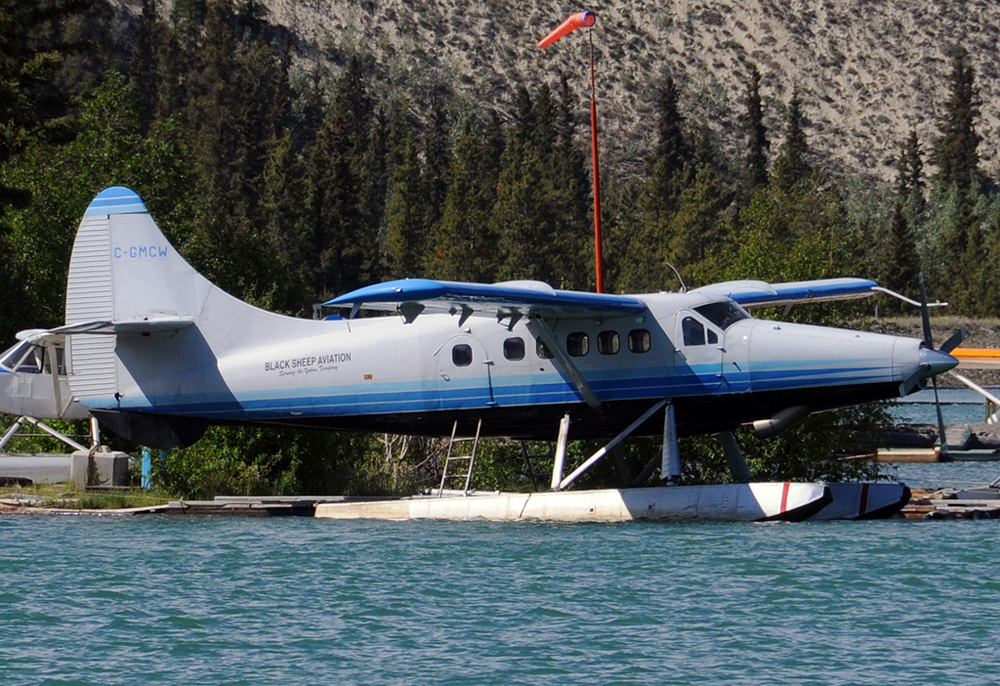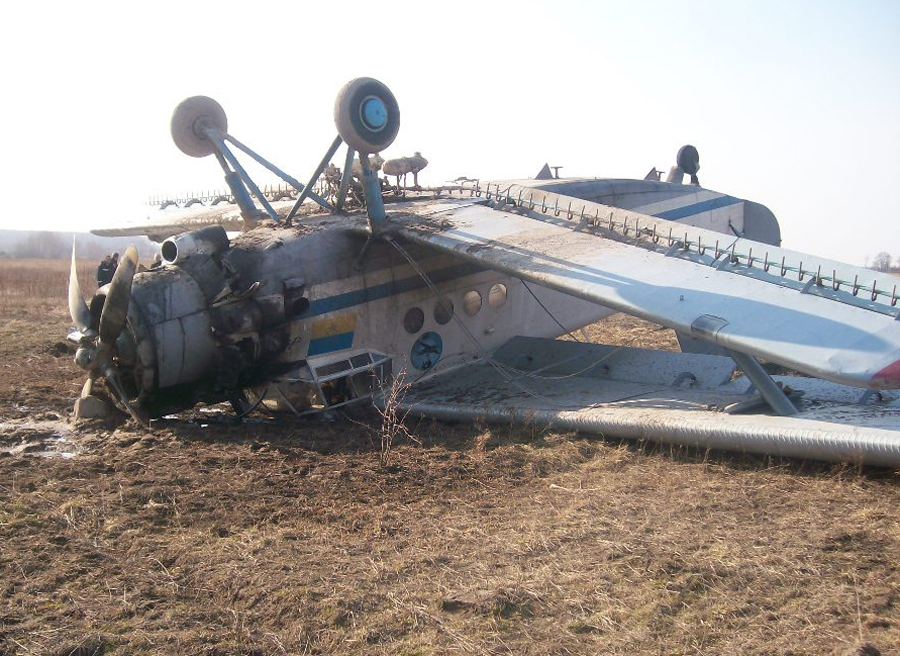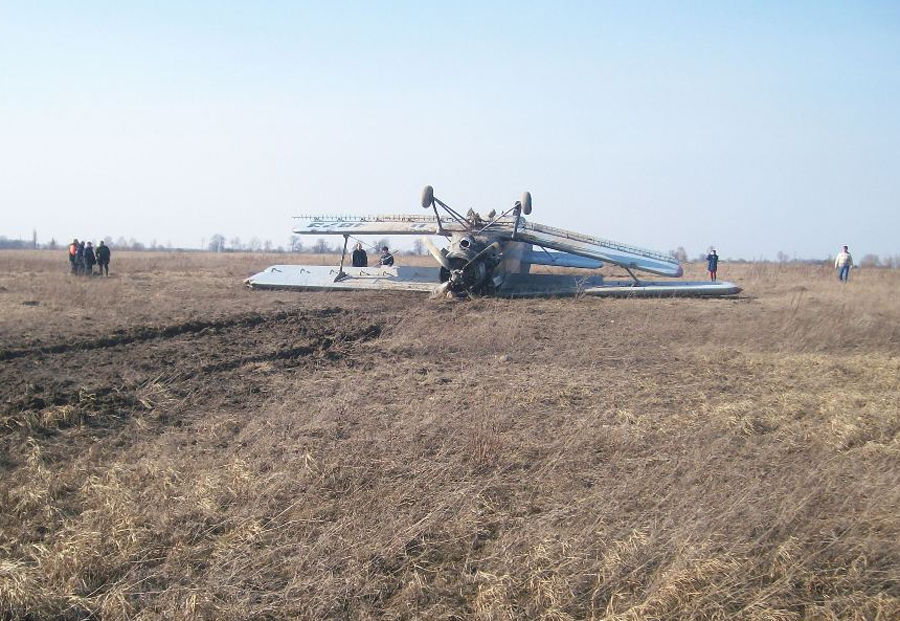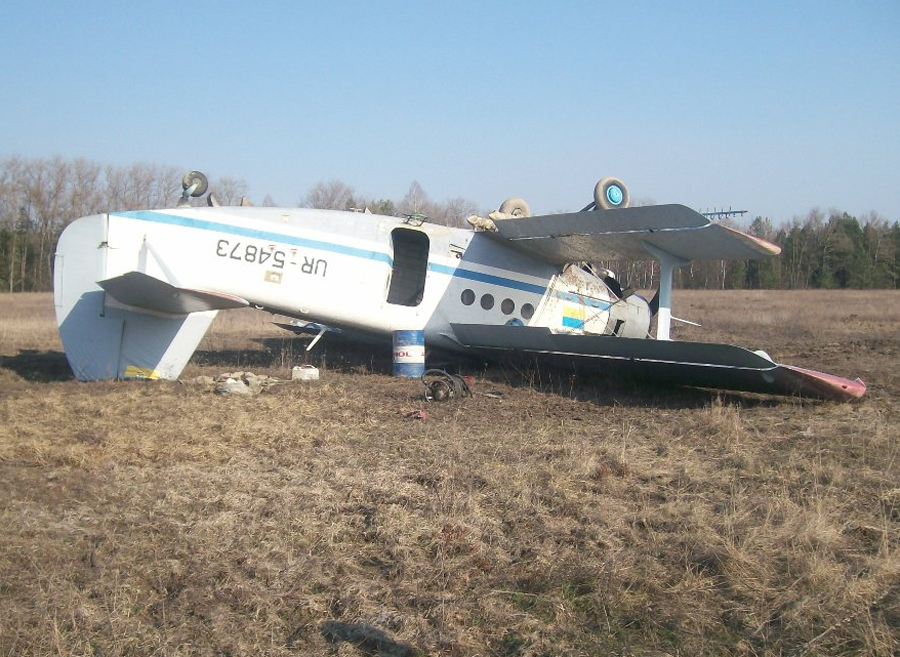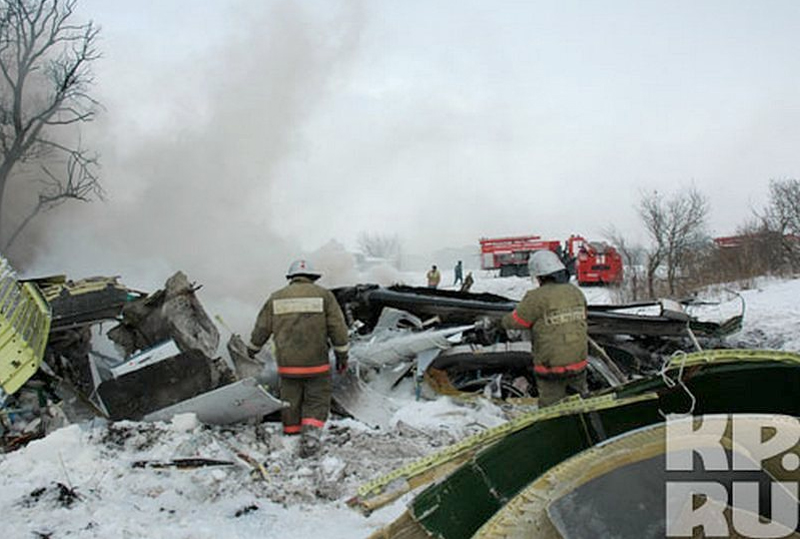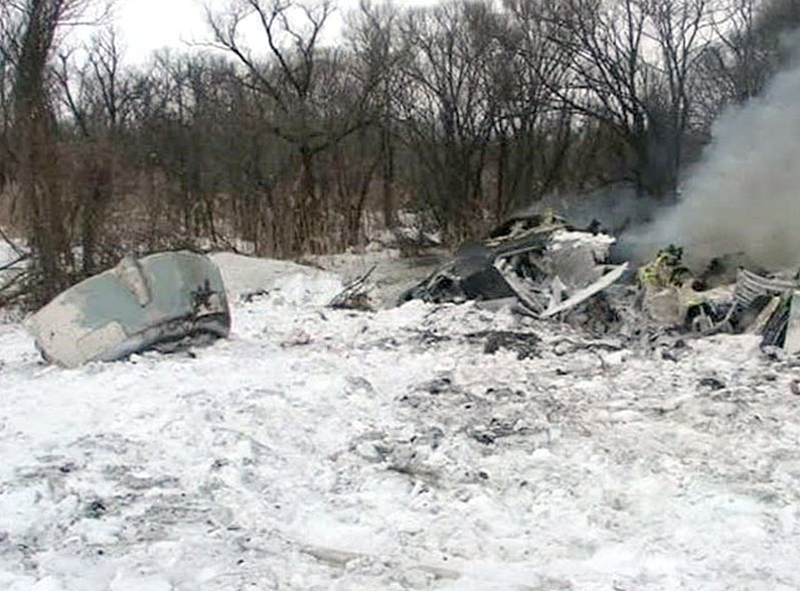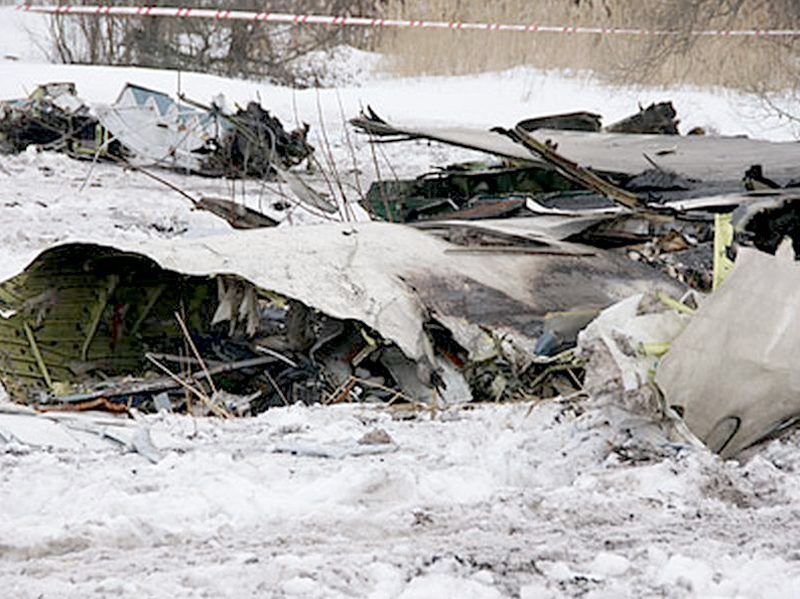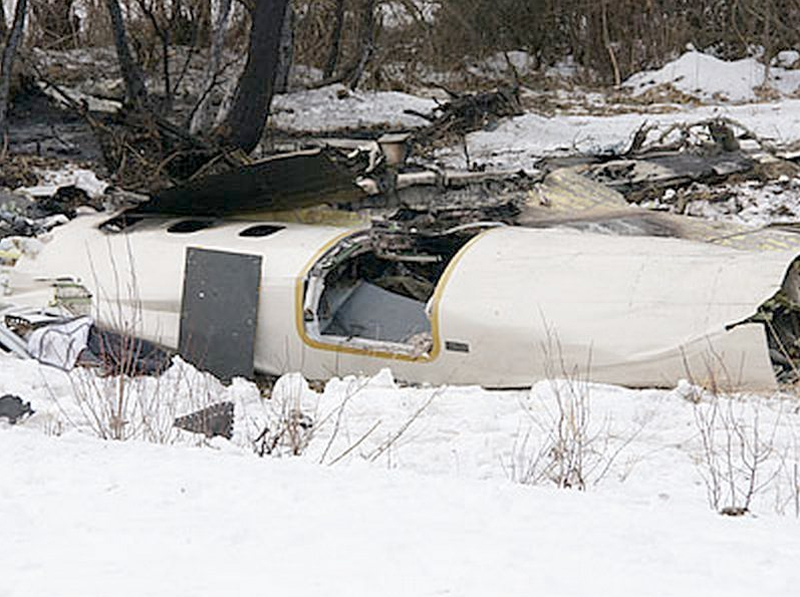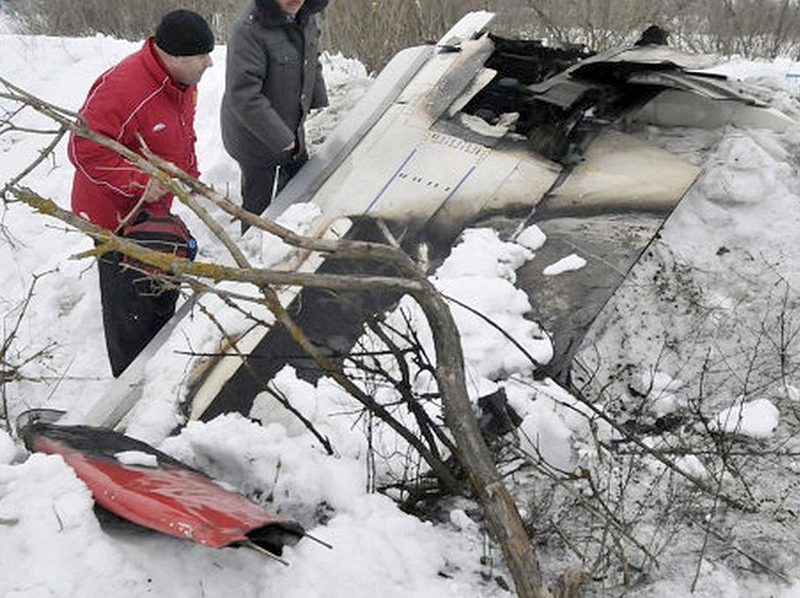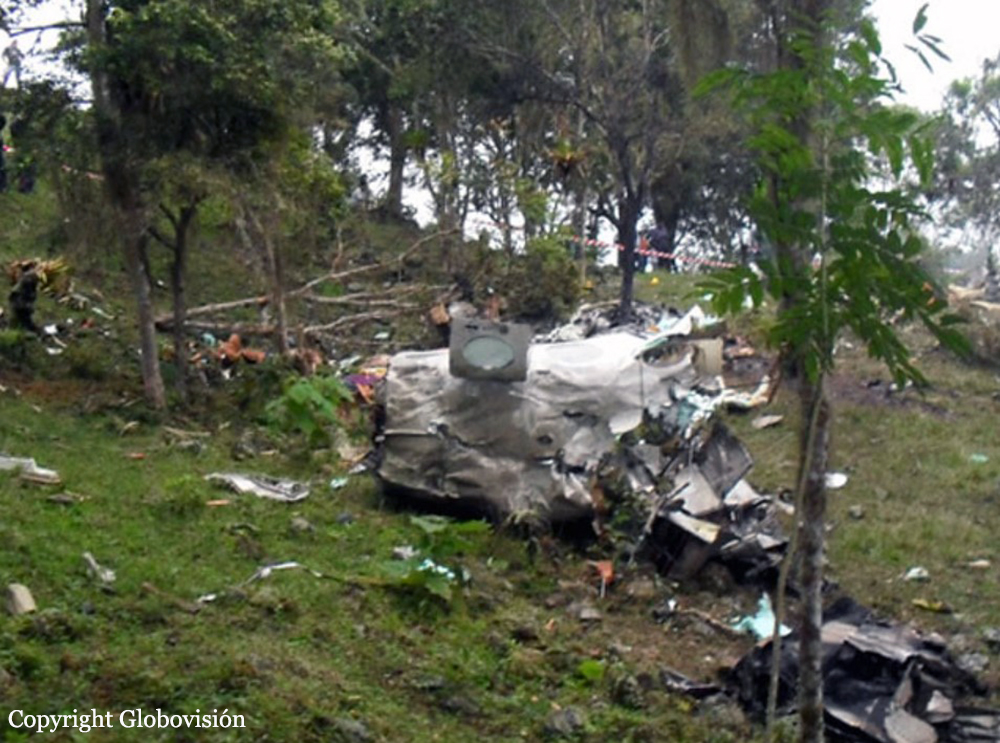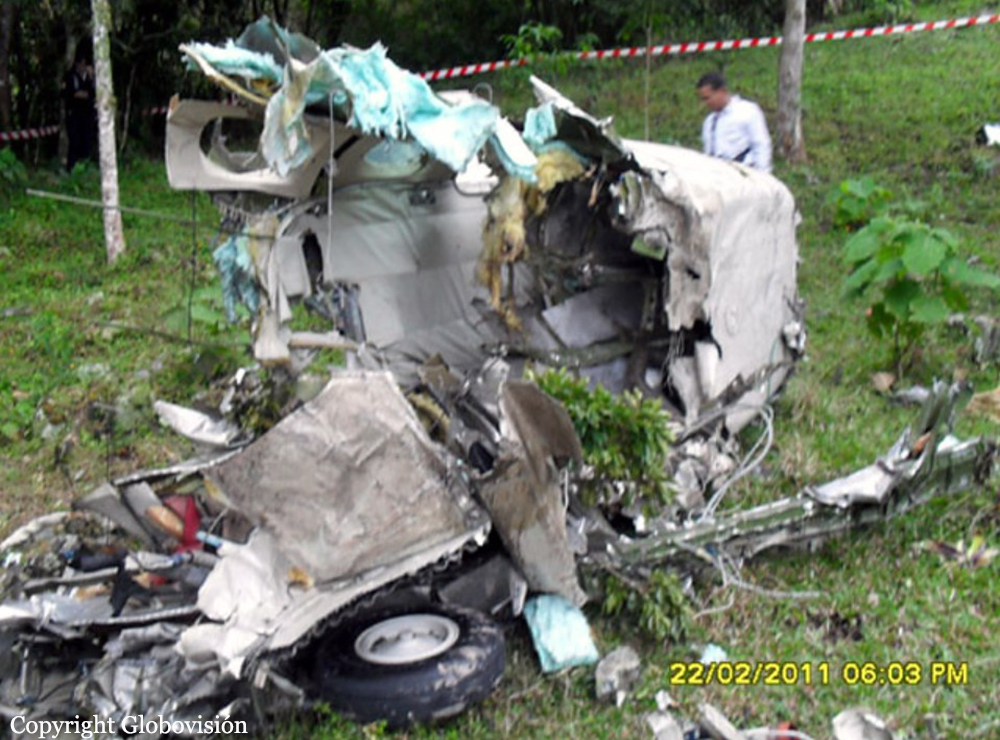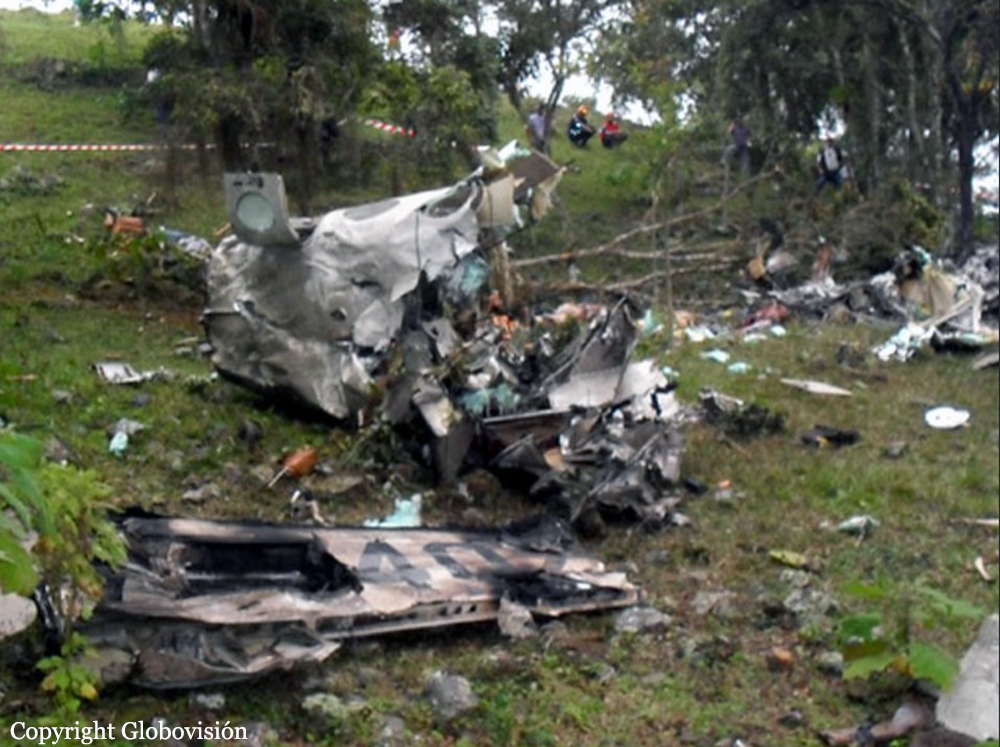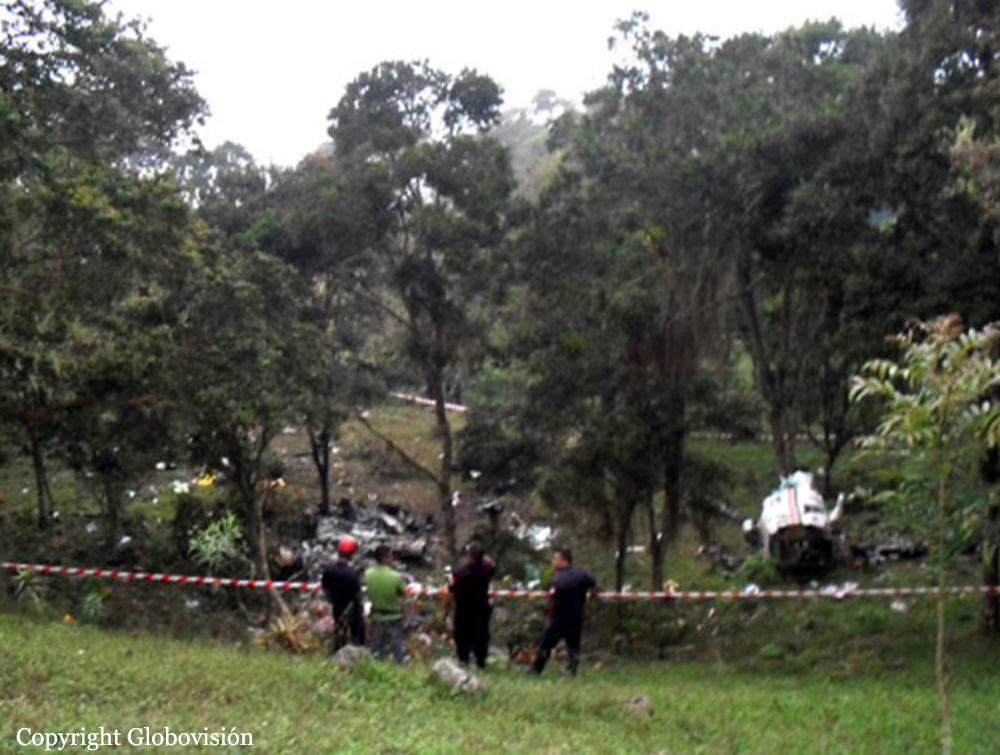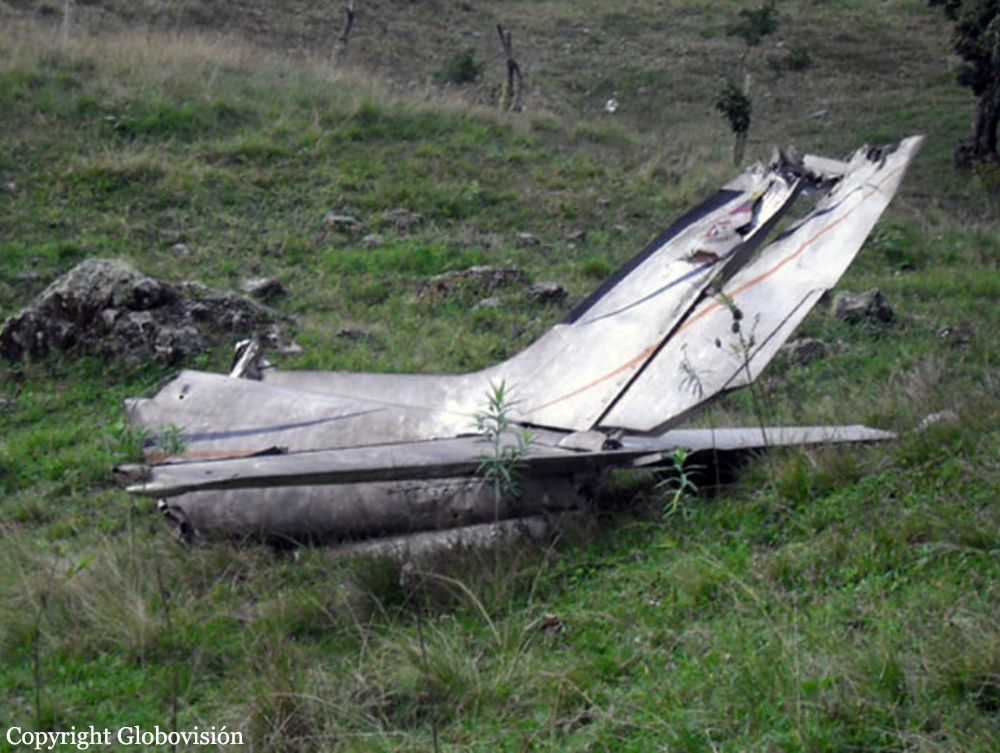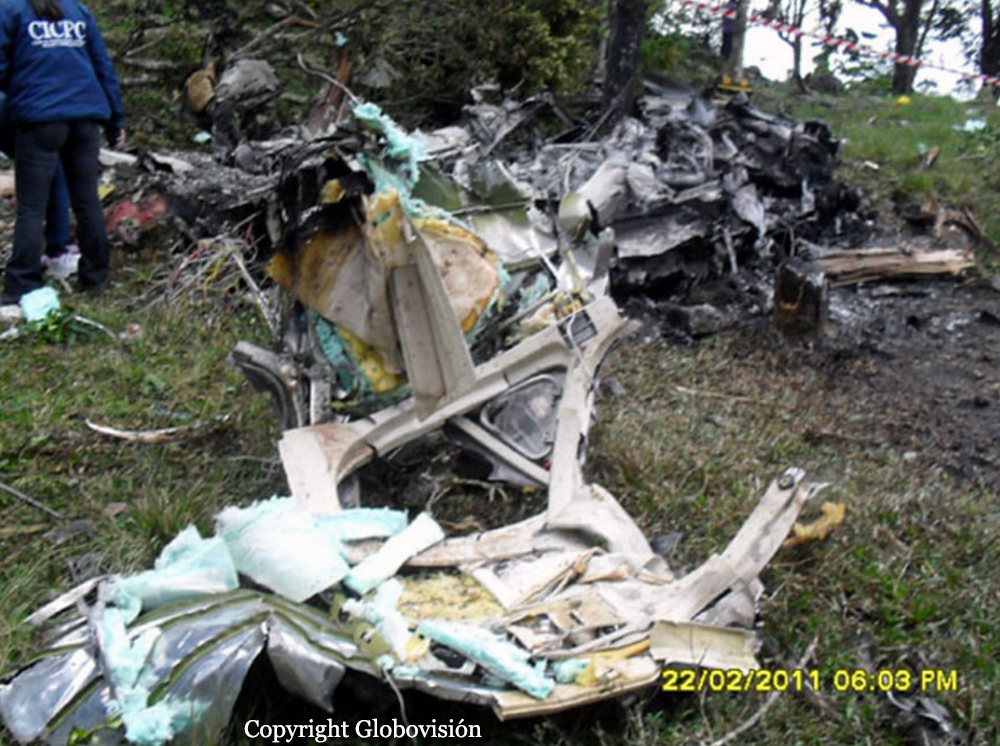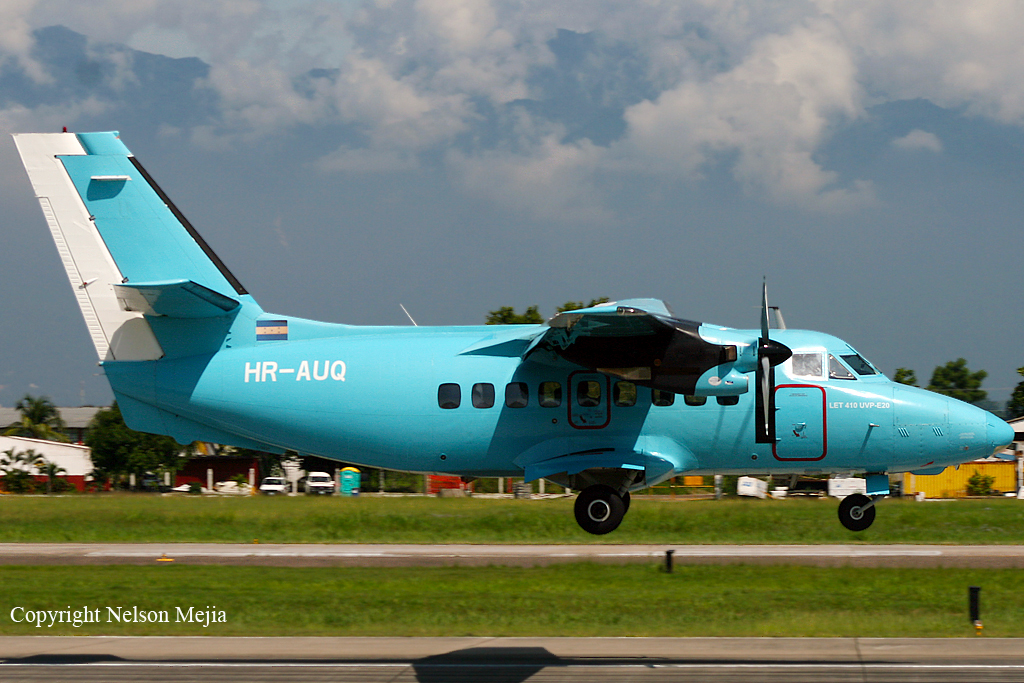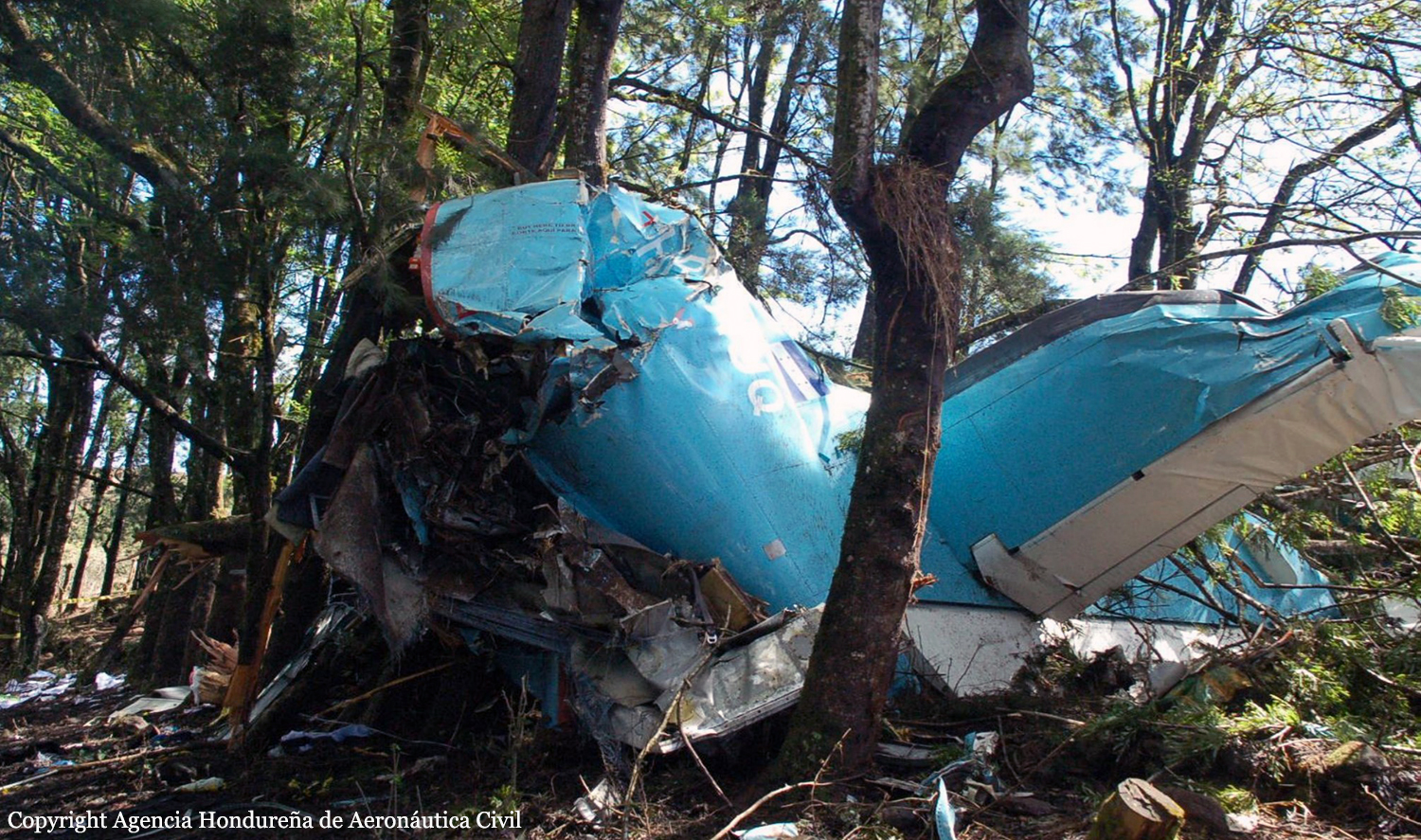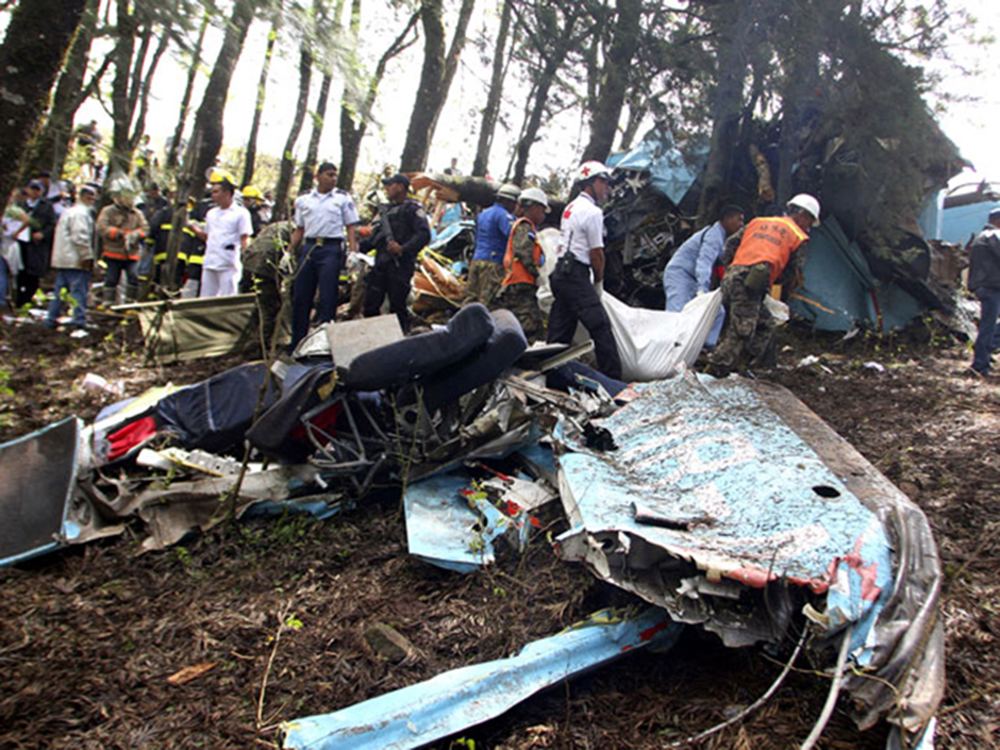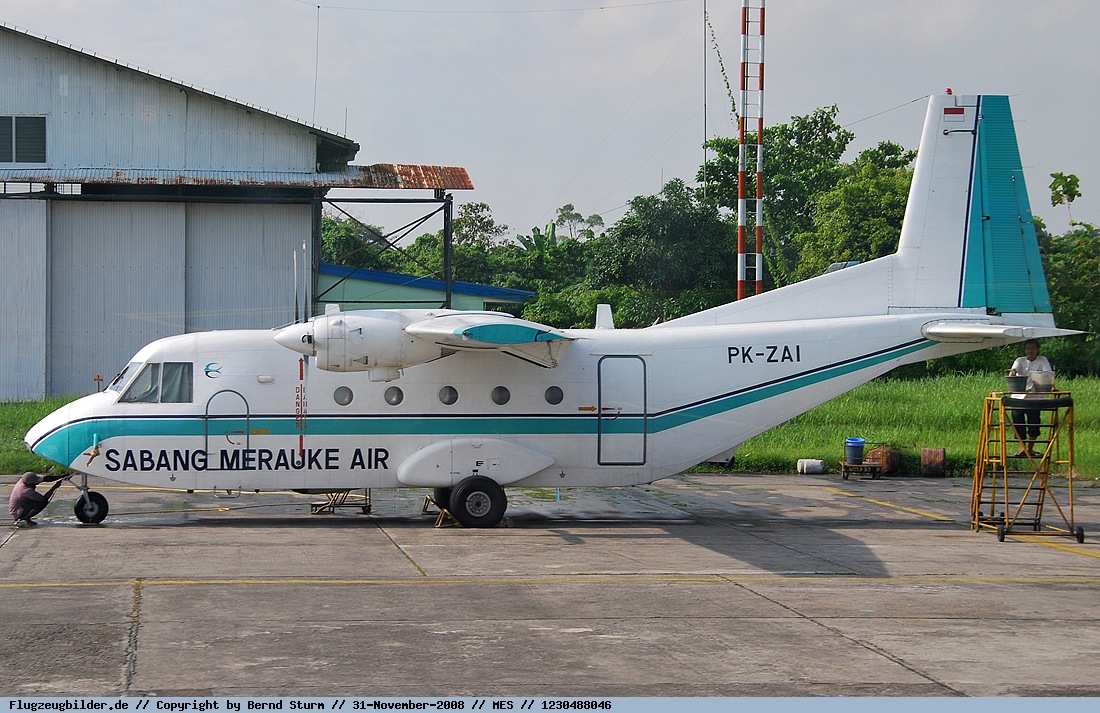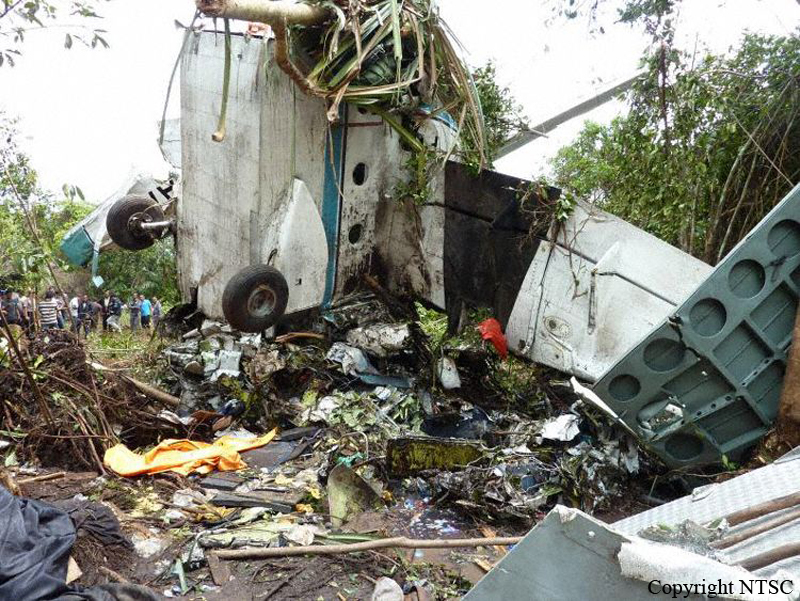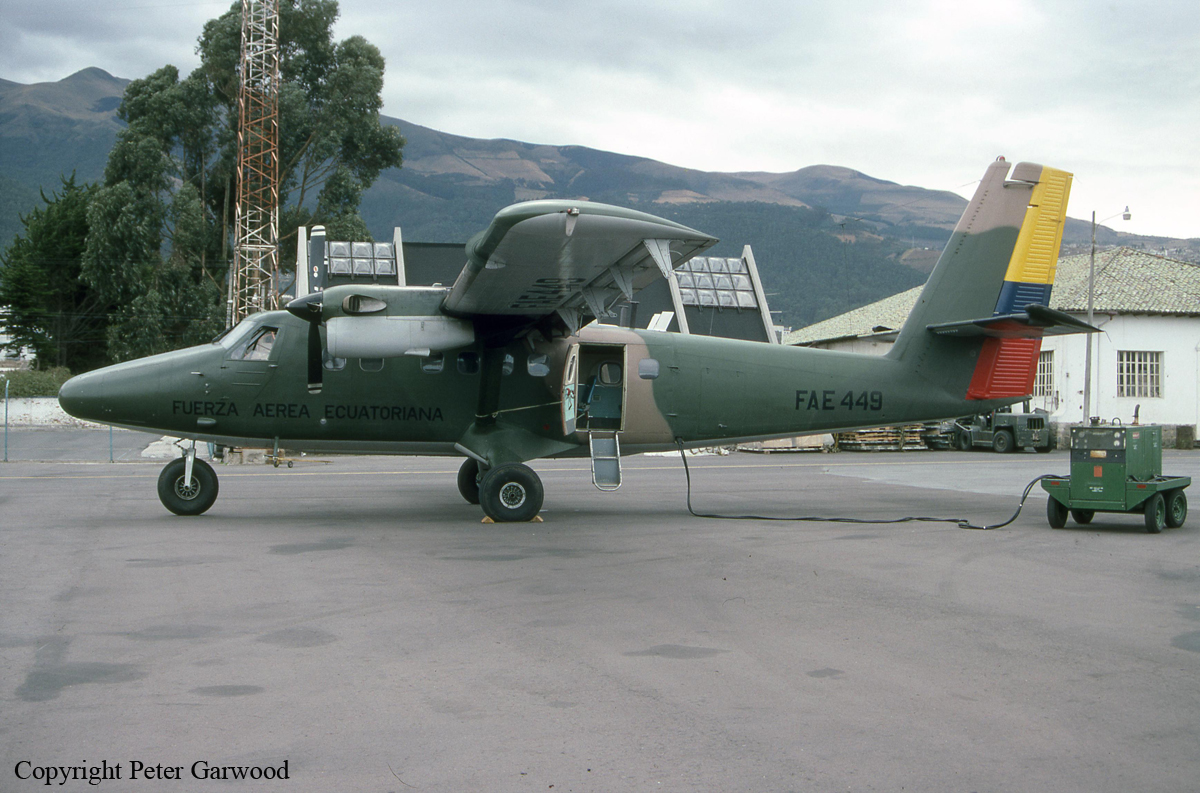Crash of a PZL-Mielec AN-2TP in Loxley
Date & Time:
Apr 11, 2011 at 1216 LT
Registration:
N122AN
Survivors:
Yes
Schedule:
Destin – DeRidder
MSN:
1G176-31
YOM:
1977
Crew on board:
1
Crew fatalities:
Pax on board:
2
Pax fatalities:
Other fatalities:
Total fatalities:
0
Captain / Total hours on type:
21.00
Aircraft flight hours:
10371
Circumstances:
According to the pilot, during cruise flight the engine began to run rough and lose power. He heard a loud metallic sound; the engine vibrated violently and then lost power. He performed a forced landing to a farm field, and the airplane nosed over in the soft terrain, resulting in substantial damage to the wings. A postaccident inspection revealed that the crankshaft would not rotate. An internal inspection of the cylinders and spark plugs did not reveal a reason for the power loss. The oil system was examined and there were large amounts of metal particles in the oil. Due to a lack of suitable equipment and facilities, further disassembly of the engine was not attempted.
Probable cause:
A loss of engine power due to internal failure.
Final Report:





